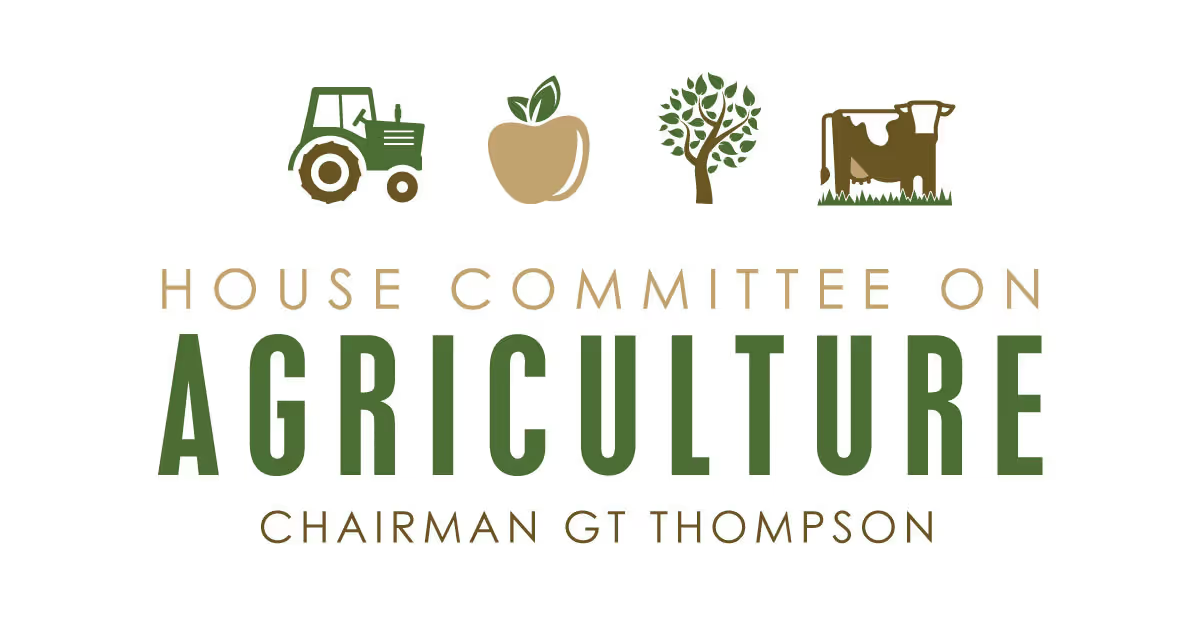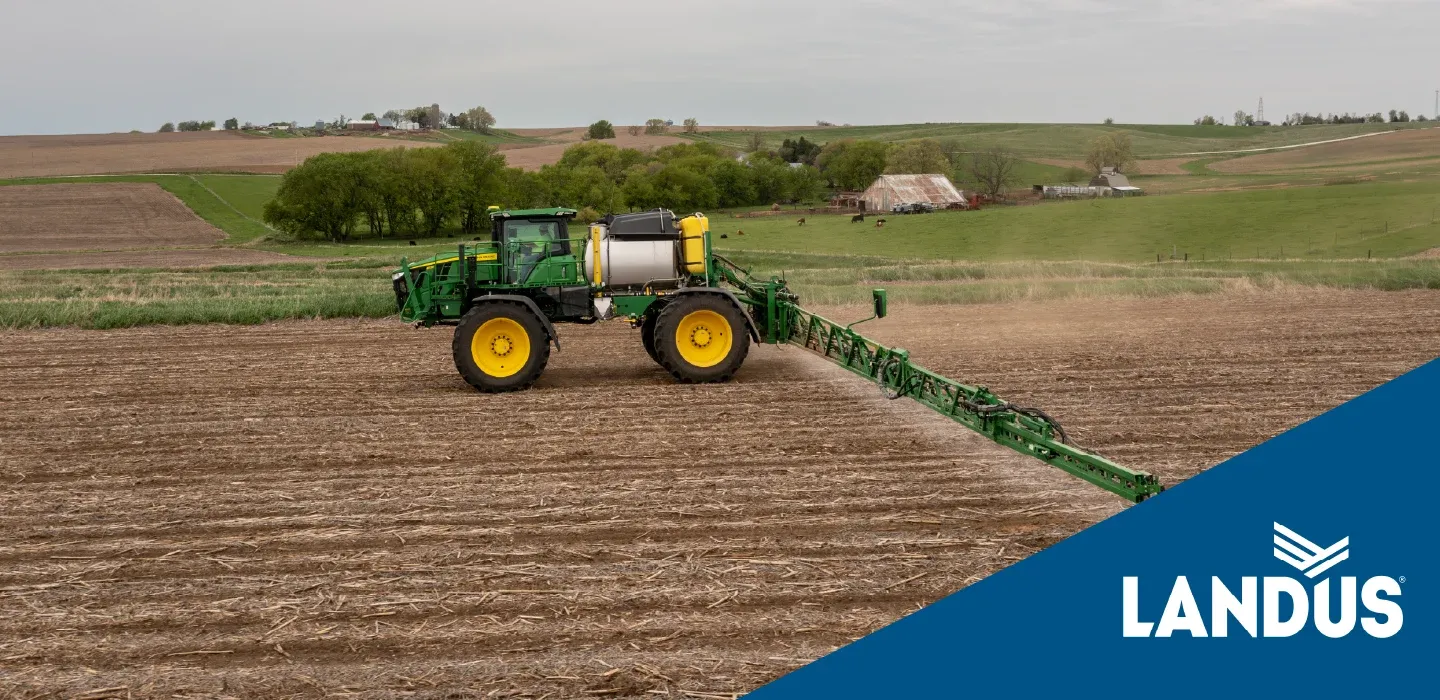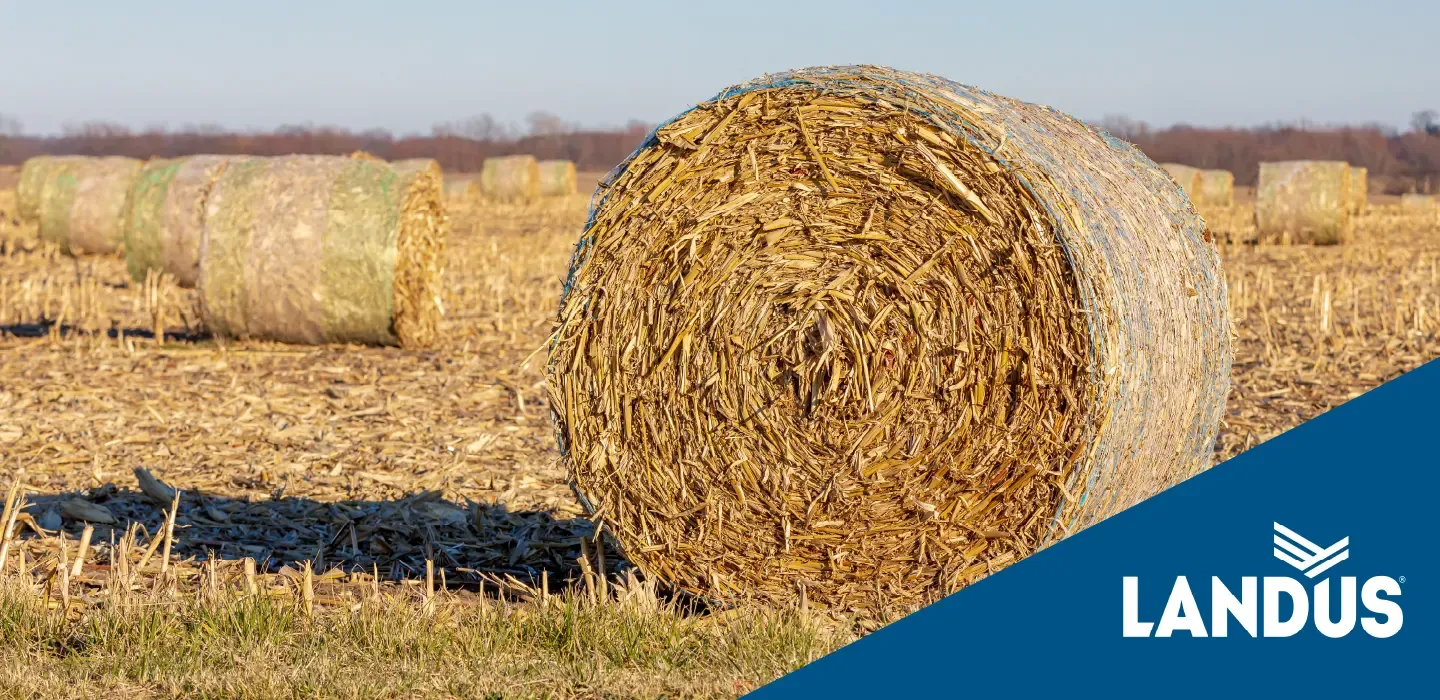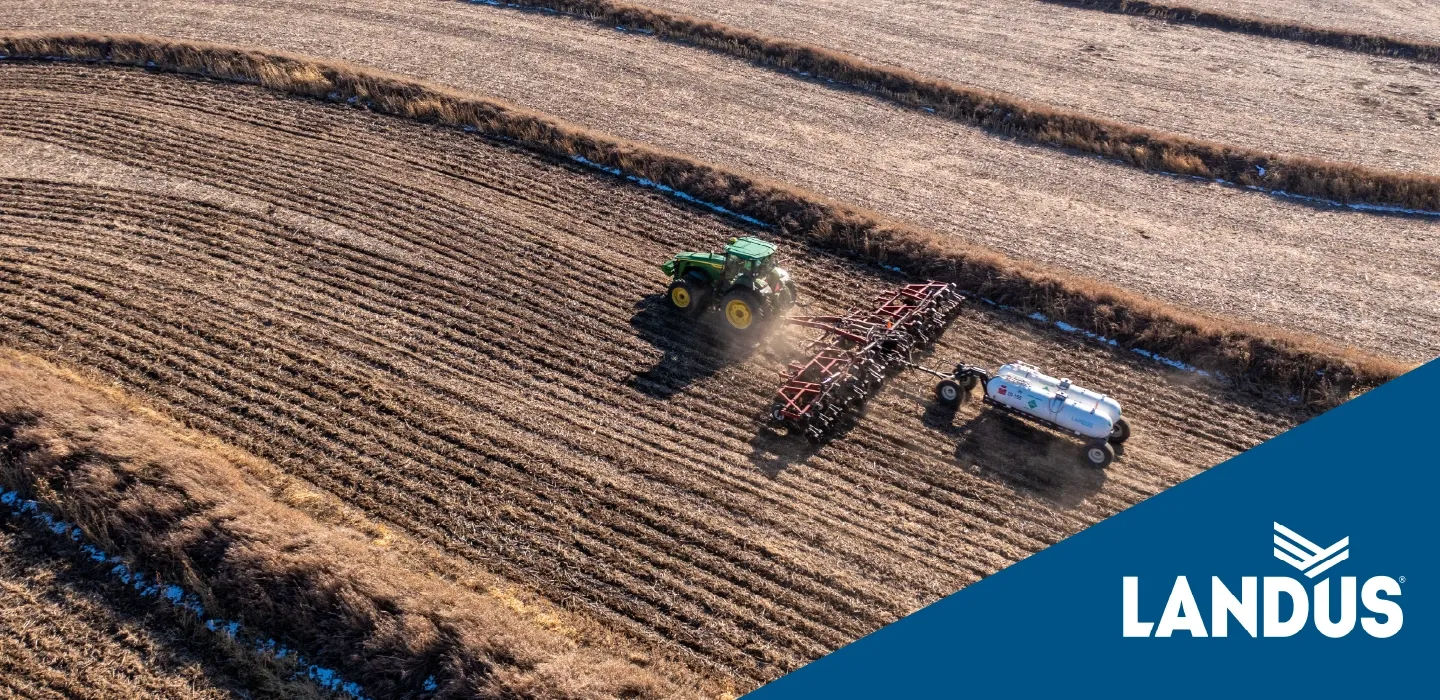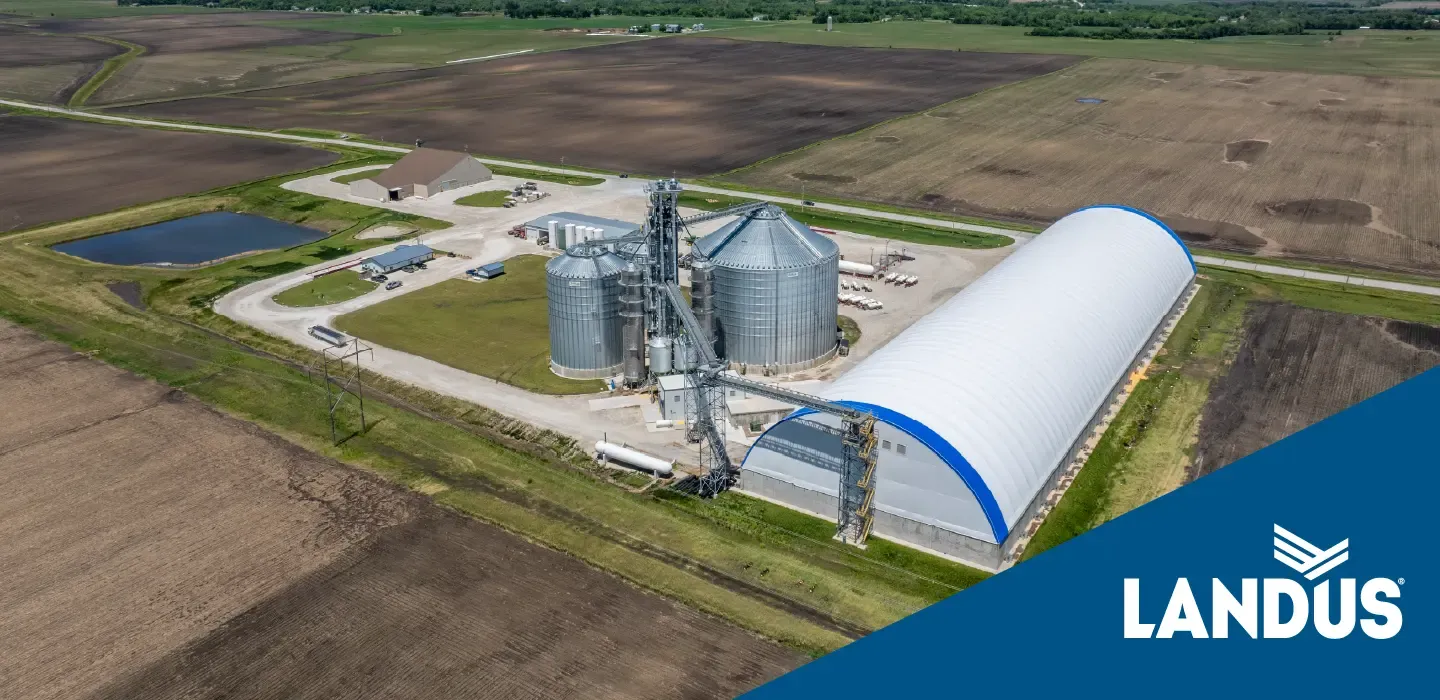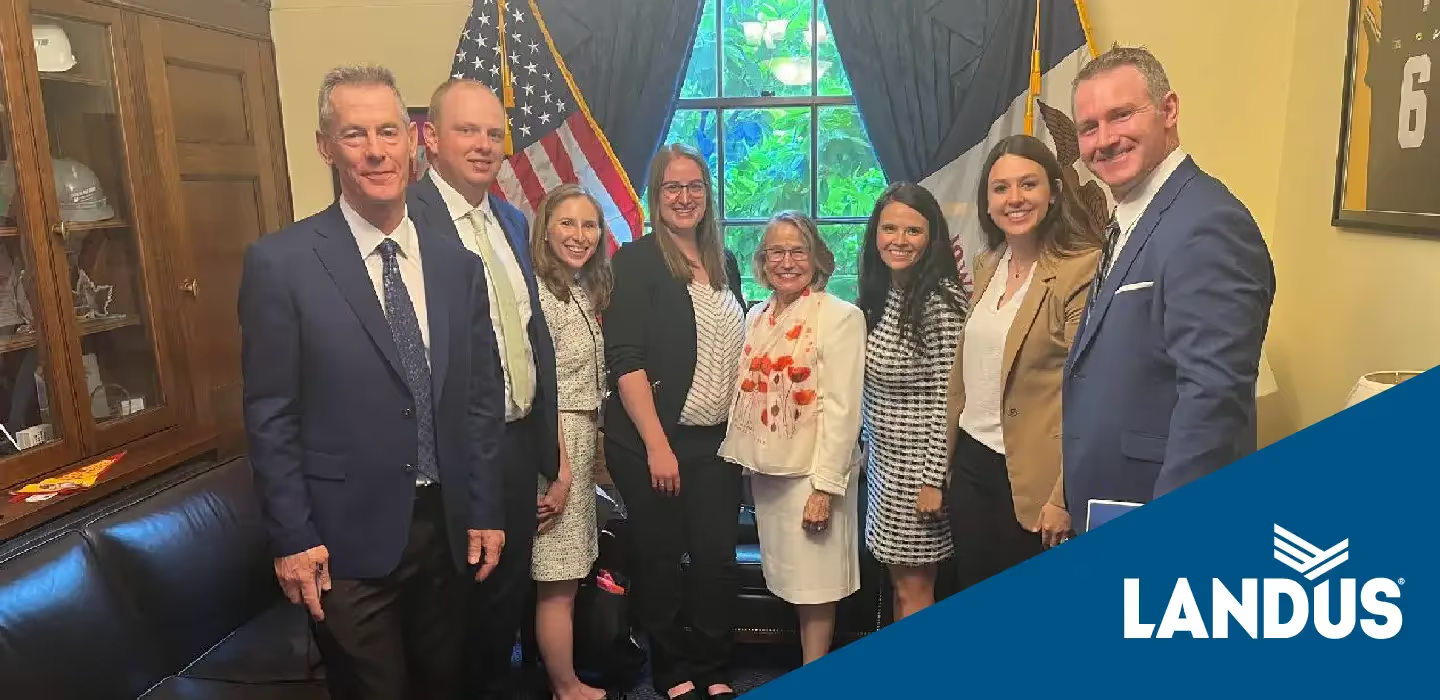In this week’s edition of Rural Matters, we are doing an overview of the signature farm policy in the United States. Enacted approximately every five years, the bill covers a spectrum of topics from commodity programs to food assistance, conservation efforts, agricultural research, and much more. The current Farm Bill was passed in 2018, and we’re currently operating off a one-year extension of that policy. Below is an overview of the key components that make up a Farm Bill, and the priorities that have been included in the version being debated by the House Ag Committee later this week. More information about how you can follow the Farm Bill debate are available at the end of this write-up.
1. Commodity Programs- are designed to stabilize farm income and support prices for specific crops, such as corn, wheat, soybeans, rice, and cotton. These programs include:
- Price Loss Coverage (PLC): Provides payments to farmers when market prices for covered commodities fall below a reference price set by the legislation.
- Agricultural Risk Coverage (ARC): Offers payments based on revenue losses, calculated using historical yields and prices.
2. Crop Insurance- premiums subsidized by the federal government to make insurance more affordable for farmers. Two main types of crop insurance are:
- Yield-based insurance: Compensates for lower-than-expected harvests.
- Revenue-based insurance: Covers revenue losses due to low prices or reduced yields.
3. Conservation Programs- encourage sustainable farming practices and the preservation of natural resources. Key programs include:
- Conservation Reserve Program (CRP): Pays farmers to remove environmentally sensitive land from agricultural production and plant species that improve environmental health.
- Environmental Quality Incentives Program (EQIP): Provides financial and technical assistance to farmers to implement conservation practices.
- Conservation Stewardship Program (CSP): Rewards farmers for maintaining and improving conservation practices on their land.
4. Nutrition Programs- are a significant portion of the Farm Bill's budget, and consist of the following:
- Supplemental Nutrition Assistance Program (SNAP): Provides financial assistance for purchasing food to low-income individuals and families
- The Emergency Food Assistance Program (TEFAP): Supplies food to food banks and soup kitchens.
- Women, Infants, and Children (WIC): Offers food assistance, healthcare referrals, and nutrition education for pregnant women and young children.
5. Rural Development- supports the economic development and quality of life in rural areas through various initiatives, such as:
- Rural Business Development: Provides grants and loans to support small businesses and entrepreneurial ventures.
- Rural Utilities Service: Creates funding for infrastructure improvements, including water, electricity, and telecommunications.
6. Research and Extension- Investment in agricultural research and extension services is critical for the advancement of farming techniques and technologies. The Farm Bill funds:
- Agricultural Research Service (ARS): Conducts research to solve agricultural problems affecting the U.S.
- National Institute of Food and Agriculture (NIFA): Supports competitive grants for agricultural research and education.
- Extension Services: Provides educational outreach to farmers and the public on best practices in agriculture.
7. Horticulture and Specialty Crops- also known as non-commodity crops, or specialty crops, such as fruits, vegetables, nuts, and nursery plants. Support includes:
- Specialty Crop Block Grants: Enhances the competitiveness of specialty crops.
- Organic Agriculture: Supports funding for organic certification and research.
8. Energy Programs- promote the development of renewable energy sources from agricultural products. Key programs include:
- Biomass Crop Assistance Program (BCAP): Supports the production of biomass feedstocks for energy production.
- Rural Energy for America Program (REAP): Provides grants and loans to farmers and rural businesses to purchase and install renewable energy systems.
9. Others- include a wide range of programs and initiatives, such as:
- Beginning Farmers and Ranchers Development Program: Supports new farmers and ranchers with training and resources.
- Veterans in Agriculture: Assistance for veterans transitioning into agriculture.
The 2024 Farm Bill proposed by House Agriculture Committee Chairman Glenn "GT" Thompson, is known as the "Farm, Food, and National Security Act of 2024." It includes several key differences and new provisions compared to the traditional framework of past farm bills. Some highlights of the bill being debated right now include:
Key Components of the Proposed 2024 House Farm Bill
1. Commodity Programs -
- Increased Reference Prices: 10-20% increase in statutory reference prices for all covered commodities, such as corn and soybeans.
- Risk Management: Enhancements to crop insurance, including expanded options for whole-farm revenue protection.
2. Conservation Programs -
- Expanded Conservation Initiatives: funding boosts for the Conservation Reserve Program (CRP) and the Environmental Quality Incentives Program (EQIP).
- New Conservation Programs: Introduction of programs that incentivize carbon sequestration and other climate-smart agricultural practices.
3. Nutrition Assistance Programs -
- SNAP Funding: Maintaining robust funding for the Supplemental Nutrition Assistance Program (SNAP), while incorporating reforms aimed at improving program efficiency and reducing fraud.
- Pilot Programs: New pilot initiatives to test innovative approaches for improving nutrition outcomes among low-income families.
4. Rural Development -
- Infrastructure Investments: Significant funding of rural broadband expansion, water infrastructure improvements, and rural health services.
- Economic Development: Programs aimed at fostering entrepreneurship and small business growth in rural communities.
5. Research and Extension -
- Increased Research Funding: Enhanced funding for ag research through land-grant universities and other institutions.
- Technology Adoption: Support for the adoption of precision agriculture technologies and other advancements that can improve productivity and environmental sustainability.
If you are interested in following the markup/debate of the proposed House Farm Bill, tune in at 10 a.m. CTon Thursday, May 23. The committee activity will be live streamed online: https://agriculture.house.gov/calendar/eventsingle.aspx?EventID=7762
As always, at Landus we are committed to working on the topics and issues most important to YOU, our farmers, our customers, our employees, and our communities where we call home. Help us carry your voice and your priorities forward by taking a few minutes to let us know your thoughts in our survey, or send me an email anytime at Elizabeth.Thompson@landus.ag


